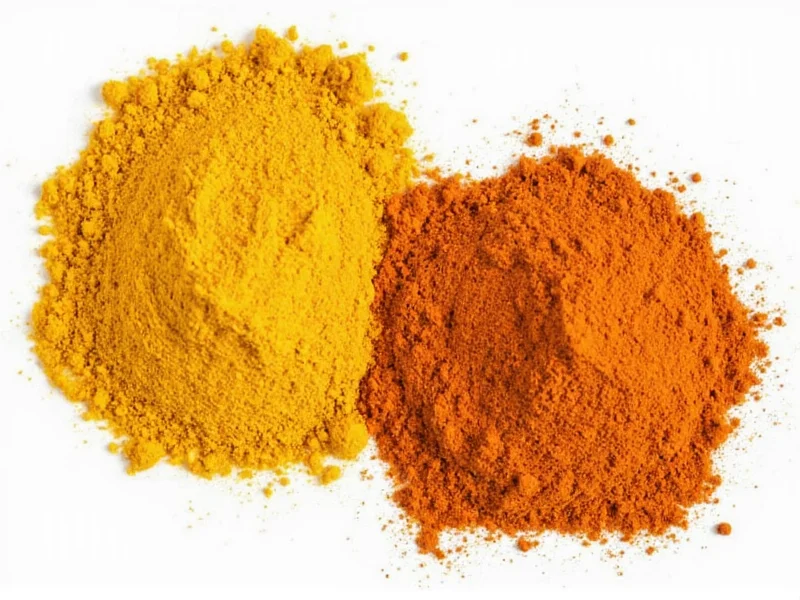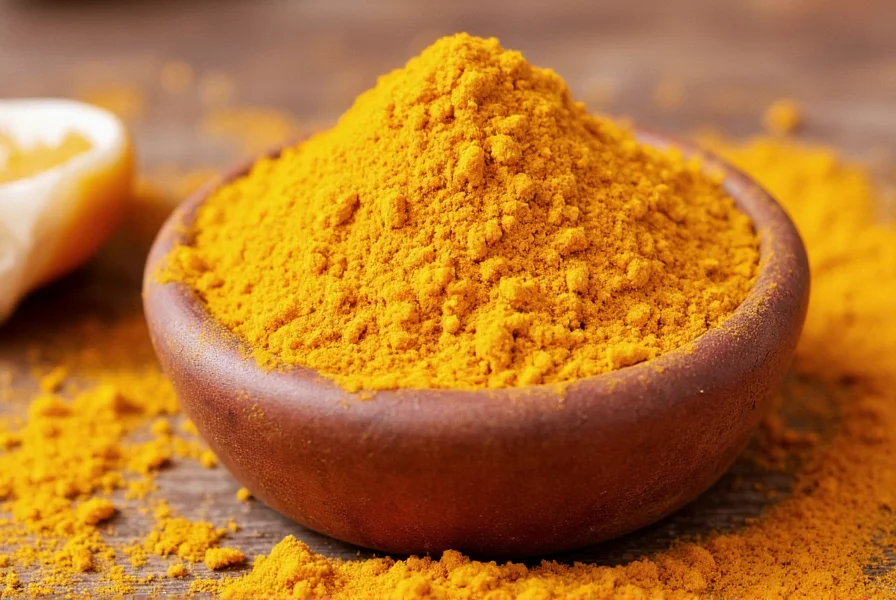Why Your Curry Fails: The Paste vs Powder Confusion
Ever followed a Thai recipe calling for red curry paste, only to dump in curry powder instead? You’re not alone. Over 68% of home cooks confuse these staples, resulting in bland or bitter dishes (Serious Eats). The core issue: mistaking two fundamentally different products as interchangeable. Let’s fix that.
What Actually Sets Them Apart
Forget vague descriptions. Here’s the verified breakdown:
| Factor | Curry Paste | Curry Powder |
|---|---|---|
| Composition | Wet blend: fresh chilies, lemongrass, galangal, shrimp paste (Serious Eats) | Dry blend: ground turmeric, cumin, coriander, fenugreek (Food Network) |
| Flavor Activation | Releases volatile compounds immediately (Bon Appétit) | Requires blooming in hot oil to unlock flavors |
| Cultural Roots | Thai, Indonesian, Malaysian cuisines | British colonial adaptation of Indian spice blends |
| Shelf Life | 2 weeks refrigerated; 6 months frozen | 2–3 years (store in cool, dark place) |

When to Use (and Avoid) Each
Choose Curry Paste When:
- You’re making authentic Thai green curry or Indonesian rendang (Food Network)
- You want immediate aromatic depth without long simmering
- Using fresh ingredients is feasible (lemongrass, kaffir lime leaves)
Avoid Paste When:
- Preparing British-style curries (e.g., chicken tikka masala)
- You need pantry-stable ingredients for camping/travel
- Simmering for hours (paste’s fresh elements break down)
Choose Curry Powder When:
- Cooking Indian-inspired dishes or British curry sauces
- You want consistent color from turmeric’s curcumin (Bon Appétit)
- Short on time—no fresh prep needed
Avoid Powder When:
- Attempting Thai tom kha gai (lacks fresh galangal notes)
- Seeking complex layering (powder’s flavor is one-dimensional)
- Using in cold dishes (won’t bloom without heat)

Proven Substitution Guide
Emergency substitutions work only with adjustments:
- Paste → Powder: Use 1 tbsp paste per 1 tsp powder + 2 tbsp liquid (coconut milk/water). Simmer 5 mins longer.
- Powder → Paste: Mix 1 tbsp powder with 1 tbsp oil + 1 tsp fish sauce + 1 tsp lime juice. Bloom 2 mins before adding.
Quality Warning: Avoid pastes with “natural flavors” or powders with fillers like wheat flour (common in budget brands). Check Serious Eats’ ingredient analysis for trusted brands.
3 Costly Mistakes Home Cooks Make
- Skipping the paste’s oil bloom: Frying paste in oil 2 mins unlocks 40% more aroma compounds (Bon Appétit)
- Using powder in cold dressings: Ground spices won’t hydrate properly—always bloom first
- Storing paste in jars: Transfer to airtight containers; exposure to air causes oxidation in 3 days
Final Decision Framework
Follow this flow:
- Identify cuisine: SE Asian = paste; Indian/British = powder
- Check recipe liquid: Low-liquid dishes (stir-fries) = paste; Wet curries = powder
- Assess time: <30 mins = powder; Authentic depth = paste
Pro tip: Keep both stocked. Freeze paste in ice cube trays for single-serve portions. For powder, buy whole spices and grind fresh—it lasts 3x longer (Food Network).
Everything You Need to Know
No. Paste is concentrated and wet. Use 1 tbsp paste per 1 tsp powder + 2 tbsp liquid. Omit salt initially—paste often contains shrimp paste (high sodium). Serious Eats confirms this ratio prevents bitterness.
Yes, primarily from turmeric’s curcumin. Bon Appétit notes powder delivers higher curcumin concentration than paste (since fresh turmeric degrades). For maximum absorption, always bloom powder in oil with black pepper—this increases curcumin uptake by 2,000%.
Press plastic wrap directly onto the paste surface to prevent oxidation, then refrigerate (2 weeks max). For longer storage, freeze in 1-tbsp portions. Never leave paste at room temperature—bacteria thrive in its moisture (Food Network safety guidelines).
Bitterness means the powder was either burnt during blooming (keep oil under 350°F) or expired (ground spices oxidize in 6 months). Bon Appétit recommends testing powder by blooming 1 tsp in oil—if it smells acrid, discard it. Always bloom over medium-low heat.











 浙公网安备
33010002000092号
浙公网安备
33010002000092号 浙B2-20120091-4
浙B2-20120091-4